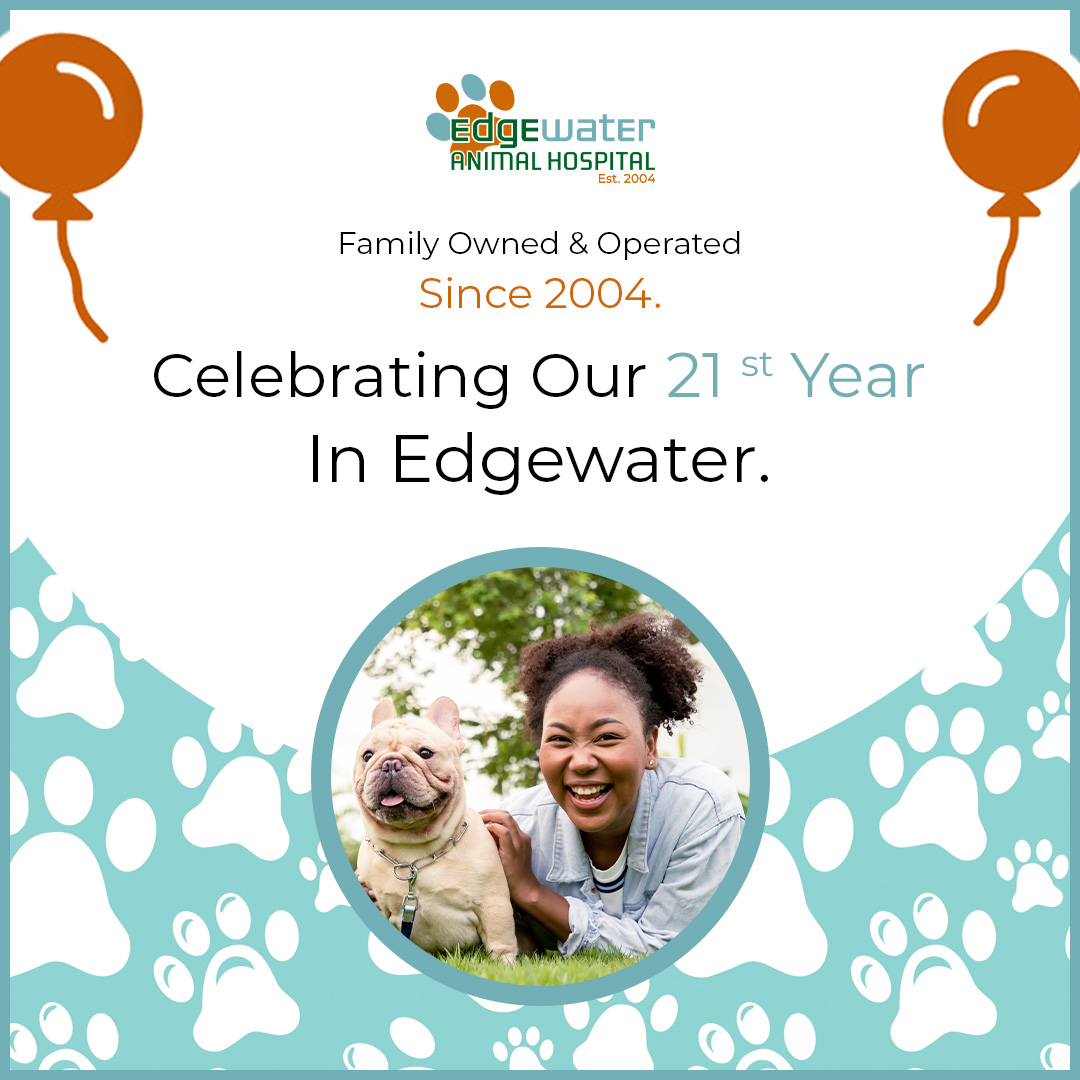
Preparing Your Pet for the Summer Heat: Essential Tips from Edgewater Animal Hospital
As the days get longer and the mercury rises, it's clear that summer is here. And just like us, our furry friends also need some prep work to ensure they stay safe and comfortable in the heat. Today, we'll discuss how to help your pets transition into the season, focusing on hydration and the prevention of heatstroke. As trusted veterinarians at Edgewater Animal Hospital in Edgewater, NJ, we’re here to share our expertise.
Understanding the Dangers of Summer Heat
Summer brings a risk of heat exhaustion and heat stroke for our pets. Two primary factors can cause your pet to overheat: external and internal.
External factors are elements like high temperatures, humidity, and lack of shade or water. Pets left outside on a hot day without access to shade or water are more likely to become overheated.
Pavements, asphalt, and even sand can get extremely hot in the scorching sun, enough to cause painful burns to your pet's paw pads. On these hot days, remember to touch the surface with your hand before you let your pet walk on it. If it's too hot for your hand, it's too hot for their paws! Consider investing in protective booties for your pet or try to schedule walks during the cooler parts of the day, such as early morning or late evening.
Internal factors involve age, breed, and health conditions. Older pets might have a harder time regulating their body temperature, making them susceptible to heatstroke. Certain breeds with thick coats or shortened snouts, like bulldogs and pugs, are more prone to overheating. Moreover, pets with health conditions like obesity or heart disease may have trouble cooling down and are at a higher risk for overheating.
Providing Sufficient Hydration
One of the best ways to keep your pet safe this summer is by ensuring they stay hydrated. Dehydration in dogs and cats is a real risk during summer. Our pets get much thirstier than we do when they're hot, and signs of dehydration can include dry gums and excessive drooling. To keep your pet properly hydrated:
1. Ensure constant access to fresh water: Your pets should have access to clean drinking water at all times. Consider setting out extra bowls of water, especially if you're going out and leaving your pet at home.
2. Use a pet water fountain: Some pets prefer running water. A pet water fountain can encourage them to drink more.
3. Add water to their food: This can be particularly effective for pets that don't drink water often.
Avoiding Heatstroke
Heatstroke is a serious condition that can quickly become life-threatening. Some strategies to prevent heatstroke include:
1. Avoid peak sunlight hours: Try to walk your pet early in the morning or late in the evening when temperatures are cooler.
2. Provide ample shade: If your pet is outside, ensure they have plenty of shaded areas to retreat to.
3. Never leave your pet in a parked car: The temperature inside a car can rise quickly, even when it's not particularly hot outside.
4. Use cooling mats: Cooling mats can help keep your pets cool indoors.
By following these tips, we can ensure our pets have a safe, comfortable, and enjoyable summer. If you have any further questions about preparing your pet for summer or if your pet needs a check-up before the heat sets in, feel free to contact us at Edgewater Animal Hospital. We’re here to help!






